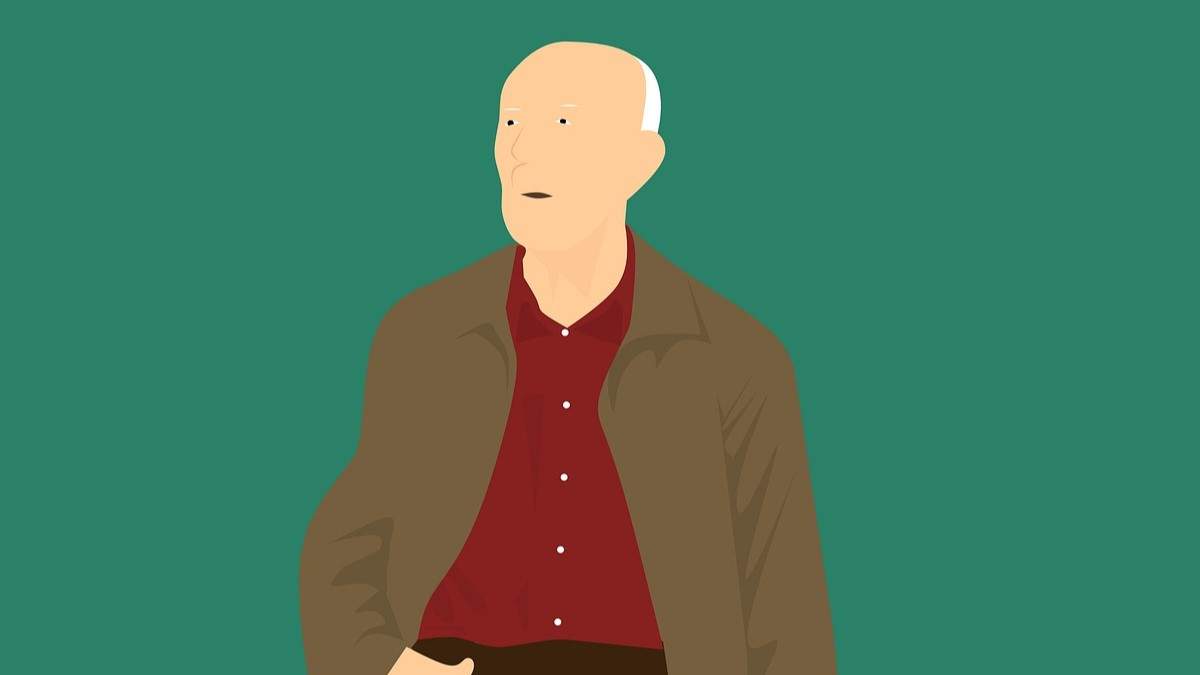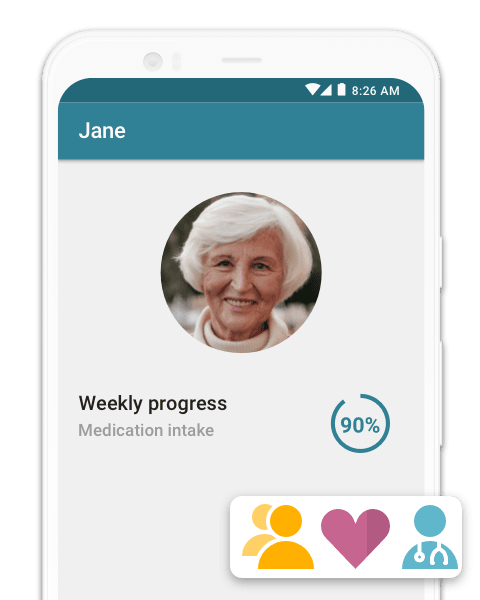Binswanger disease is a form of small vessel vascular dementia, also known as subcortical leukoencephalopathy. This rare disease is caused by damage to white brain matter and can be linked to a variety of causes and risk factors. Many experts believe that like Alzheimer’s, Binswanger disease is greatly underdiagnosed or misdiagnosed.
History of Binswanger disease:
The first documented description of Binswanger disease was by Otto Binswanger in 1894, hence the name Binswanger disease. However, further research and the actual naming of the disease weren’t continued until years later, when in 1902, Alois Alzheimer (yes, Alzheimer’s disease is named after him) began to refer to the disease as Binswanger’s disease and continued research. Despite this, most of the modern-day research we have about Binswanger disease was carried out in 1962 by Jerzy Olszewski.
Symptoms and diagnosis of Binswanger disease:
Binswanger disease can produce a wide range of symptoms and in some cases, this can lead to misdiagnoses, often mistaken for another similar illness or form of dementia. The symptoms that are most associated with Binswanger’s disease are depression, sluggishness, unusually poor judgment and decision-making skills, and difficulty with speech. In some cases, physical symptoms such as difficulty with bladder control or abnormally poor balance may appear as well. One of the most unique characteristics of Binswanger disease is a ‘lag’ between thoughts and actions. For instance, someone may think of writing a word but will find it difficult to transmit this thought into the action of using their hand to write the word down on a piece of paper.
Diagnosing Binswanger disease is heavily reliant on brain imaging, following an initial clinical evaluation. Otherwise, it is difficult to differentiate the disease from other similar ones. Brain imaging will reveal brain lesions that are characteristic of Binswanger’s disease and lead to a positive diagnosis.
Causes and risk factors of Binswanger disease:
As mentioned previously, Binswanger disease is linked to damage to white brain matter. This damage is usually caused by other conditions that obstruct blood vessels to the brain. Some diseases that may cause these obstructions are thromboembolism and arteriosclerosis.
The risk factors that may lead to an increased chance of Binswanger disease are also those that could reduce blood flow to deep structures in the brain. This includes high blood pressure, high cholesterol, heart disease, and diabetes, among others. Some lifestyle choices such as smoking and heavy alcohol consumption may also lead to increased risk.
Binswanger disease: treatment, stages, progression, and life expectancy:
Unfortunately, there is no treatment for Binswanger’s disease. The only real treatment for the disease is preventing it by controlling risk factors to the best of your abilities. Instead, treatments will focus on managing symptoms and reducing the risk of stroke. Antipsychotic and antidepressant drugs are common choices to help manage symptoms of agitation and depression, respectively. There have also been recent studies that suggest a drug called memantine could help boost cognition and functioning in people with Binswanger disease.
The progression of Binswanger disease may be gradual or rapid, but generally, the long-term outlook is poor. Symptoms usually get worse over time. The only way to slow the progression is by reducing factors like high blood pressure, but even this will likely not stop it completely.
The average life expectancy of someone with Binswanger disease is around five years following the initial appearance of symptoms. Usually, a stroke is what leads to death. For this reason, treatment often aims to reduce the risk of stroke, as well as reducing the negative symptoms. That said, the life expectancy of people with Binswanger disease can be highly variable, and many people outlive the 5-year expectancy or die of a completely unrelated cause.
If someone close to you has been diagnosed with Binswanger disease, the best thing you can do is help them live the healthiest lifestyle possible and help them manage the medication necessary to reduce symptoms. That said, it’s also important to remember to take care of yourself, diseases like Binswanger, Alzheimer’s, and any type of dementia can be incredibly challenging for friends and family. If you’re in a situation that feels overwhelming, you may find that some form of assisted living makes life easier for everybody. This article may be a good place to start.
Here are some other articles we think you might enjoy:
Top 10 Dementia and Alzheimer’s Disease Blogs - 2019 Edition



